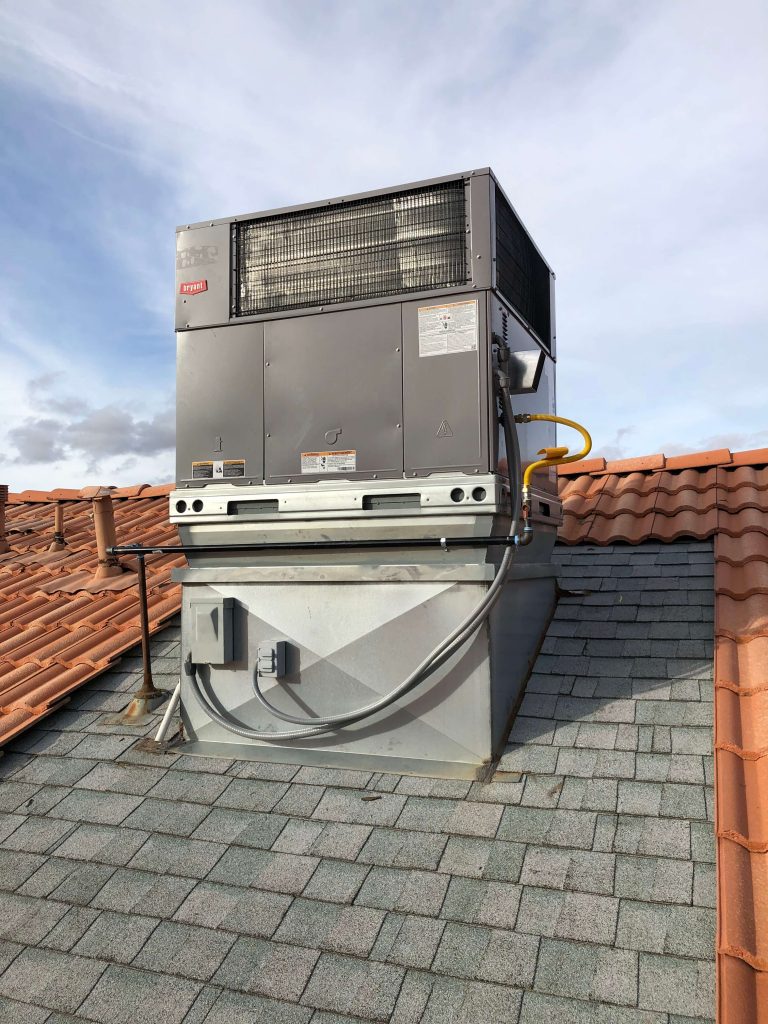What is a Seer Rating on Your Air Conditioner

When it comes to cooling your home, a SEER rating measures the efficiency of your air conditioner. This rating could mean that you will use less energy and save you money. In this video, we’ll tell you what a SEER rating means and how you can save money on your utilities.
One of the best ways to cool your Southern Utah home is by having a reliable and efficient air conditioner. These factors are determined by the SEER rating. Let’s cover a few topics. Why is a SEER Rating important? What is a good SEER rating?
What is a Seer Rating
SEER stands for seasonal energy efficiency ratio. This is the ratio of the cooling output of an air conditioner over a typical cooling season divided by the energy it uses in watt-hours. It may also be called a seasonal energy efficiency rating. A SEER rating is used by all air conditioner manufacturers to indicate efficiency ratings. Most modern air conditioners have a SEER rating that ranges from 13 to 21. This rating or ratio is defined by the Air Conditioning, Heating and Refrigeration Institute. Now let’s see why a SEER rating is important.
A higher SEER rating means greater energy efficiency. The greater the energy efficiency means that you are not having to pay as much for the same level of cooling. Air conditioners with a higher SEER ratings often have greater humidity and comfort control by using variable speed compressors and blower motors. SEER ratings also matter to manufacturers and utility companies. Often there are incentives in the form of tax credits and rebates for high-efficiency equipment. So let’s move on and cover what’s a good SEER rating?
What is a Good Seer Rating
The U.S. Department of Energy enforces a minimum SEER requirement of 13. A mid efficiency air conditioner usually has a SEER rating of around 16 to 18, and a high-efficiency unit has a SEER rating of 20 or above. It’s important to note that a good SEER rating isn’t the only factor in determining the right air conditioner for your home. There are several factors to consider in addition to the SEER rating of your air conditioner. This includes the size of your home, the humidity, the climate, and the current heating and cooling system that is installed in your home.
If you’re interested in trying to determine what the SEER rating of your current system is, you can do a little bit of online research about the manufacturer and look for the serial number and model number of your current system. Usually, the SEER rating is one of the first couple numbers in there, but every manufacturer is a little bit different. If you still can’t figure it out or can give us a call here at EMCO Heating & Air.
